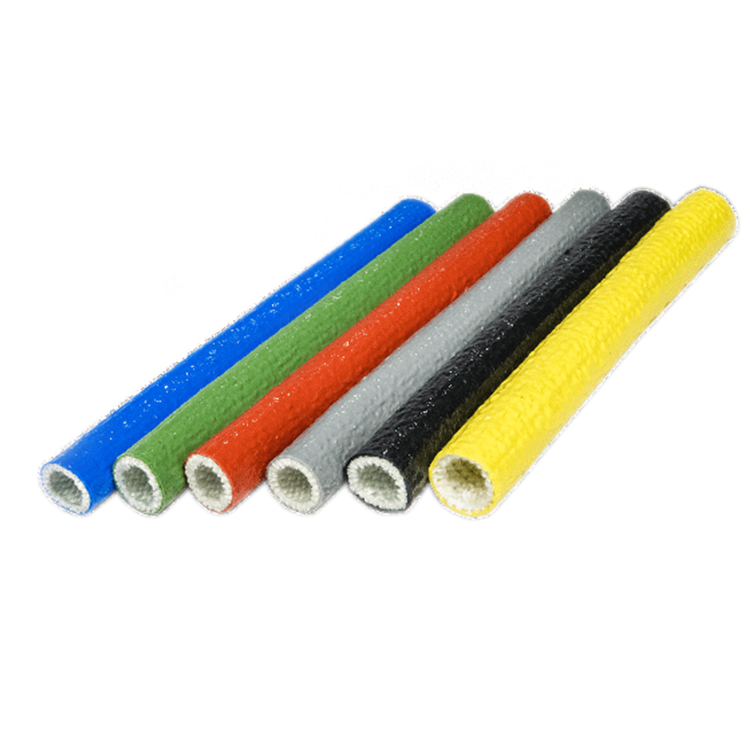Understanding Silicone Coated Exhaust Lagging: Benefits, Applications, and Real-World Use Cases
Introduction
Silicone Coated Exhaust Lagging is a specialized thermal insulation material designed to enhance the efficiency and safety of exhaust systems. This advanced product combines the heat resistance of silicone with the durability of lagging materials to offer superior performance in various demanding environments. Below, we explore what silicone-coated exhaust lagging is, its key properties, and practical applications across different scenarios.
What is Silicone Coated Exhaust Lagging?
Silicone Coated Exhaust Lagging is a type of thermal insulation wrap or blanket that is applied to exhaust pipes and systems. It consists of a fibrous base material, typically made from glass fiber or ceramic, which is coated with a layer of silicone rubber. This coating provides exceptional resistance to high temperatures, abrasion, and chemical exposure.
Key Properties
Applications and Use Cases
Automotive Industry
User Experience: "In our race cars, the silicone-coated exhaust lagging has proven invaluable. It not only keeps engine temperatures in check but also helps us achieve better lap times by managing heat more effectively."
Industrial Facilities
User Experience: "In our facility, installing silicone-coated lagging on exhaust pipes has significantly improved our energy efficiency and workplace safety. It's a critical part of our thermal management strategy."
Marine Applications
User Experience: "For our boat engines, the silicone-coated lagging has been a game-changer. It holds up well against saltwater and intense heat, ensuring reliable performance even in rough conditions."
Construction and HVAC Systems
User Experience: "Our HVAC installations have become more efficient since using silicone-coated lagging. It has helped us control temperatures better and lower our energy bills."
Conclusion
Silicone Coated Exhaust Lagging is a versatile and essential material for managing high temperatures, improving energy efficiency, and enhancing safety across various industries. Whether in automotive, industrial, marine, or HVAC applications, its superior thermal insulation, durability, and flexibility make it a valuable asset for professionals seeking reliable performance and protection.
